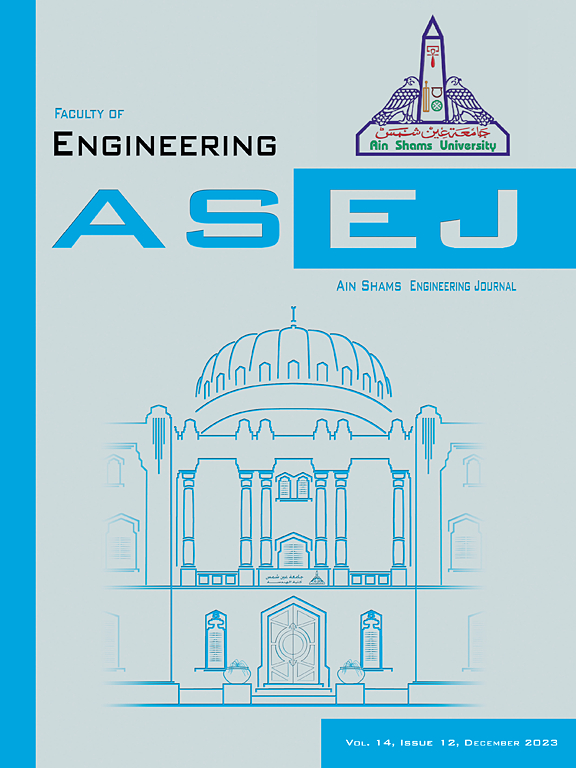Forecasting slipform labor productivity in the construction of reinforced concrete chimneys
IF 6
2区 工程技术
Q1 ENGINEERING, MULTIDISCIPLINARY
引用次数: 0
Abstract
The aim of this study is to identify the factors that influence productivity in the construction of reinforced concrete chimney (RCC) and to develop a predictive model for forecasting slipform labor productivity in RCC projects. In this scope, 73 “daily site reports” from two RCC constructions were utilized to calculate the slipform labor productivity. The efficiency value’s estimation part for the slipform process considered factors affecting productivity under four main categories: project information, weather conditions, job characteristics, and team-related information. The independent variables were identified as: man-hour value, RCC diameter, shell thickness, daily rising height, height of the working platform, concrete quantity, rebar quantity, minimum and maximum temperatures, maximum wind speed, rain conditions, and slipform quantity. The dependent variable is the efficiency value of slipform process. For this, an ensemble machine-learning technique, Gradient Boosting Machines, was used to predict slipform labor productivity in RCC constructions. According to the analysis, the R2 value is 0.900, indicating a high level of accuracy in the model’s predictions. The study found that the parameters with the highest impact on efficiency were daily rising height and slipform quantity. To validate the accuracy of the prediction model, a survey was conducted with technical experts, and the results were analyzed to investigate the model’s accuracy.
求助全文
约1分钟内获得全文
求助全文
来源期刊

Ain Shams Engineering Journal
Engineering-General Engineering
CiteScore
10.80
自引率
13.30%
发文量
441
审稿时长
49 weeks
期刊介绍:
in Shams Engineering Journal is an international journal devoted to publication of peer reviewed original high-quality research papers and review papers in both traditional topics and those of emerging science and technology. Areas of both theoretical and fundamental interest as well as those concerning industrial applications, emerging instrumental techniques and those which have some practical application to an aspect of human endeavor, such as the preservation of the environment, health, waste disposal are welcome. The overall focus is on original and rigorous scientific research results which have generic significance.
Ain Shams Engineering Journal focuses upon aspects of mechanical engineering, electrical engineering, civil engineering, chemical engineering, petroleum engineering, environmental engineering, architectural and urban planning engineering. Papers in which knowledge from other disciplines is integrated with engineering are especially welcome like nanotechnology, material sciences, and computational methods as well as applied basic sciences: engineering mathematics, physics and chemistry.
 求助内容:
求助内容: 应助结果提醒方式:
应助结果提醒方式:


